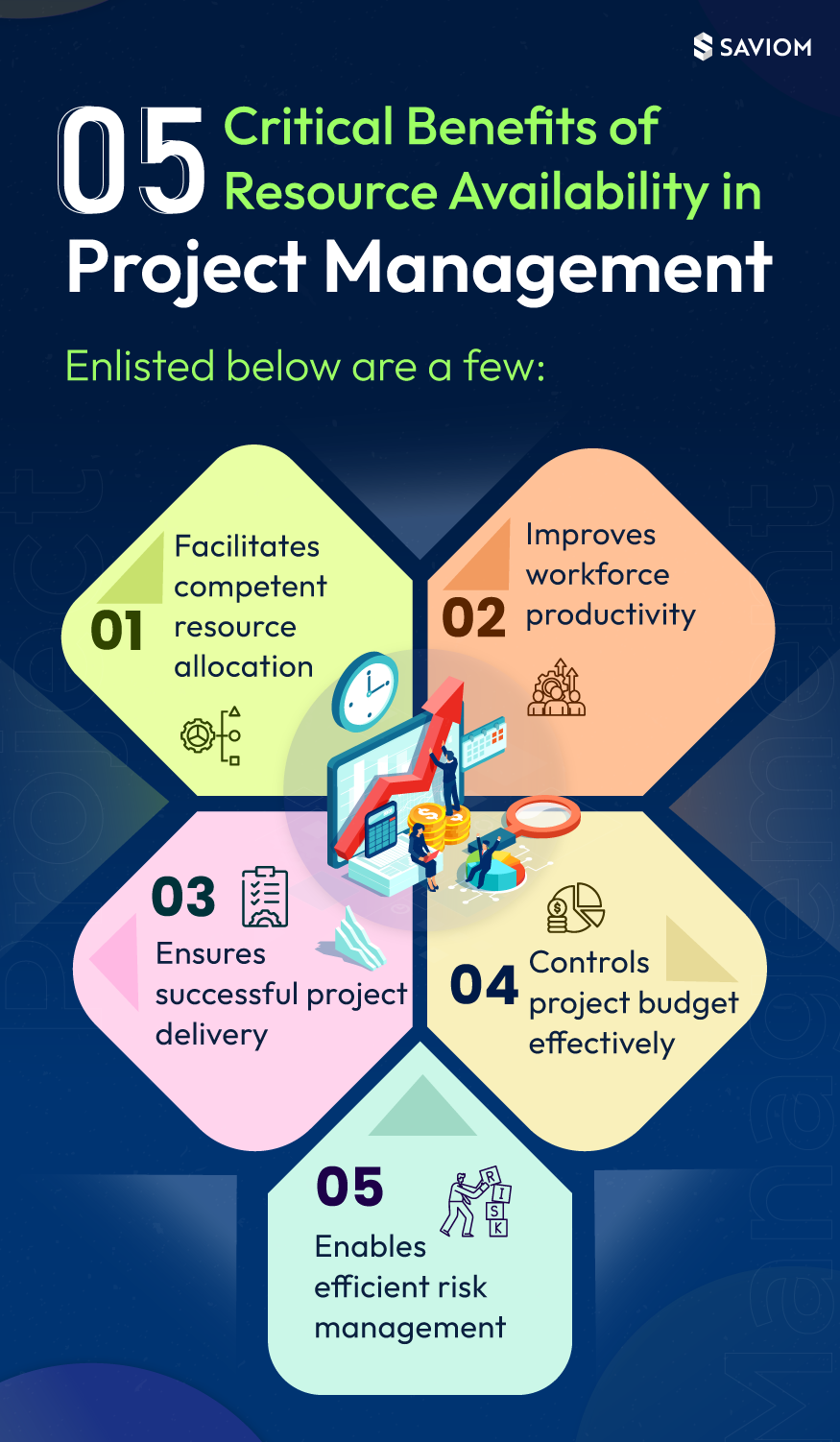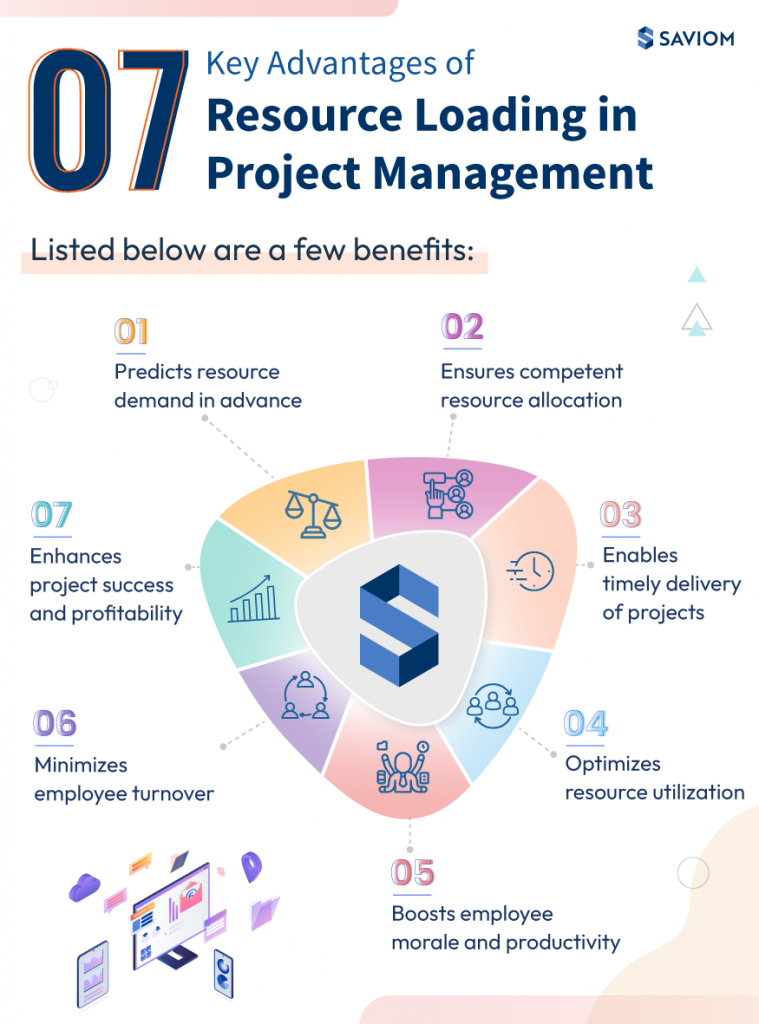Successful project managers need to be multi-skilled. They are often required to rise to the occasion, lead from the front and guide the team. At the same time, it is also necessary to delegate specific responsibilities to the subject matter experts as one cannot oversee everything.
Only timely and appropriate communication at every level can bind a large team together. Any project can get derailed if the team members are not aware of their day-to-day responsibilities.
A study conducted by PMI states that out of every $1 billion spent on a project, $75 million of that amount is at risk due to ineffective communication.
Poor communication causes internal conflicts amongst team members, discrepancies between managers and stakeholders, etc., eventually derailing projects off their course and cause financial losses.
On the contrary, effective communication skills play a crucial role in making projects successful. That’s because if a project manager fails to convey the message with clarity to the team and stakeholders, achieving the targets would be deemed impossible.
Thus, let’s have a closer look at how effective communication skills can help project managers ensure the project’s success:
Why do we need effective project communication skills?
Right from the project planning stage, managers have to deliver information to the stakeholders. Moreover, project managers also convey the project scope and objectives to the team members, exchange feedback, etc. For successful delivery, a project managers must facilitate seamless collaboration between the team members. They should ensure that everyone understands the project interdependencies and their respective roles in steering the project to the finish line.
Moreover, during the project’s course, managers must constantly monitor and review the project and resource metrics to ensure alignment with the plan. They need to use ways of communication in case of discrepancies to understand the roadblocks and find ways to mitigate them.
However, the role of communication does not end here. Once the deliverables are met, project managers have to conduct a performance review and exchange feedback with individual team members. These practices ensure a synergy between the team members, and the management and the workforce are on the same page.
Therefore, every step requires significant attention to detail, discussion, and running things up or down the chain of command for project management. Thus, a concise framework that sets up all the guidelines for effective communication will contribute to the project’s success.
How to develop a concise framework for project communication?
The first and foremost step towards establishing an effective communication channel is to set up a framework. Devising a framework helps you set the ground rules for you and the team members to follow standard communication protocols in different circumstances. A framework for effective project communication will include the following:
- Prepare an agenda: Enlisting points to cover in the project communication framework will help you and the team members know what they have to communicate with the team, stakeholders, and other officials. In addition, this significantly reduces the meeting duration as it allows everyone to stick to the points that will be discussed.
- Communication methods: The communication framework must entail the various forms of communication methods that you will need to use in different circumstances. These can be either verbal or non-verbal, such as daily stand-up meetings, phone calls, e-mail updates to the team, instant messages, information sent through collaboration tools, and much more.
- Modes of communication to be used: The methods of communication used by the project manager and the entire team will also play a key role in ensuring seamless operations. There are two modes- synchronous and asynchronous. The former refers to exchanging information in real-time, such as daily stand-up meetings, feedback sessions, etc. In contrast, asynchronous modes of communication are essential when the team is dispersed all over the globe, across various time zones.
- Code of conduct: The code of conduct provides you with guidelines on the dos and don’ts you need to follow while communicating in different scenarios at the workplace. The project manager and the team members must stick to the company’s code of conduct to maintain decorum.
Effective communication skills to boost your project performance
Verbal communication
Verbal communication plays a crucial role in ensuring that project managers and team members can effectively impart their ideas in the workplace. A project team voicing its views is more efficient and motivated than one which does not share ideas.
As a project manager, you should be able to: negotiate changes on a project, persuade stakeholders to minimize scope creep, extend deadlines, justify missed milestones, or provide feedback and talk to external organizations. Whereas as a team member, you may have to explain the project interdependencies, indulge in problem-solving, maintain team camaraderie, and so on.
The best way to improve verbal communication skills is to understand your subject and be well-prepared before speaking. Then, you can practice talking aloud and even record your voice to make sure you are making the right impression.
Written communication
A project manager needs to clearly and concisely document many different things, including business cases, status reports, risk logs, change management logs, lessons learned, and many more. In such instances, exemplary written communication skills play an instrumental role.
An excellent strategy to improve written communication is to take the opportunity to write whenever possible. You could also ask a peer to review what you have written during your early stages. A project manager should also use different templates to communicate with team members, stakeholders, and seniors. These templates allow the managers to keep the information precise and accurate.
Mindful and active listening
Project managers can make a significant difference as a leader if they are mindful listeners. Active listening doesn’t just refer to the act of using your ears to take in information; it is much more than that. It means that you are carefully listening to what the other person is saying and paying attention while being mindful of their non-verbal cues. The non-verbal cues can be many, but the easiest ones to identify are facial expressions, tone of speech, eye contact, and body language.
Project Management Institute explains that “This skill [mindful listening] allows the project manager to identify better apparent and subtle issues, risks, and opportunities necessary when working with any level of uncertainty. In contrast, poor listening is often attributed to mistakes, reduced effectiveness, and missed opportunities.” For example, when a project manager takes one-on-one feedback from a team member, they will understand their satisfaction level by paying attention to the facial expressions or body language.
In addition, being a great listener will give a sense of belonging to the team members and enhance their satisfaction.
Appreciate contradictory responses
As a project manager, you must encourage all members of your team to speak up, even if they have views that oppose yours. Due to a diverse workforce, there will always be different points of view at the workplace. Welcoming contradictory responses from other members could also provide a fresh perspective to the current issue and sometimes gives you a better way to solve the problem at hand.
Moreover, such steps ensure that all the team members have a platform to voice their opinions and ideas, making them feel valued. At the same time, project managers should also ensure that the ongoing discussions are always healthy. In case the situation starts heating up, they need to act proactively, ensuring that the sanctity of the workplace is maintained.
Give and ask for feedback
Project managers should always give feedback, regardless of whether it is positive or negative. They should also encourage input from everyone else to learn about themselves and improve the process in case of discrepancies. The disadvantage of not getting feedback or even sugarcoating negative feedback would lead to a team that cannot function at its maximum level.
Here are a few guidelines for a project manager on how to exchange feedback:
- Be kind but direct – Make sure you are gentle with the employee. The tone of the conversation should make the employee feel small or insignificant. Be specific and, if possible, give particular examples to make your message clear and crisp.
- Listen – Listening to the employees’ points makes them feel respected. Also, ensure that you allow for moments of silence during the conversation, do not rush off. Finally, address their concerns and assure them that you have noted their point, and you will take corrective actions to resolve their issues.
- Don’t make things personal – It is easy to get offended and take things personally during a feedback conversation, but you should be aware of the employees’ stance. Try to understand the situation from the employee’s perspective and positively take their feedback.
- Pick the right time and place – You can provide feedback within formal or informal settings, depending upon the gravity of the situation. However, make sure the input provided is private so that you and the employee can have an honest conversation.
- Use positive language – When you are providing feedback, make sure the employee feels comfortable and understood. Using positive language helps to keep the employee motivated. However, you may not stop giving negative feedback altogether. Remember, the primary objective of feedbacks is to help the person and not put them in an awkward spot.
Foster a collaborative workspace culture
Cohesive team culture is the recipe for seamless project execution and delivery. Thus, managers must ensure all the members of the team trust and respect each other. In addition, they should be willing to collaborate and help each other out whenever possible. Such an environment would boost productivity within the team and lead to a positive exchange of information.
Goremotely states that almost 75% of employees regard collaboration and teamwork as necessary.
Project managers should note that a cohesive work culture does not thrive from merely using a collaboration tool. Instead, they will need to develop their creative solutions to ensure that the team members feel connected. For example, they can organize team-building activities such as celebrating birthdays, festivals, and friendly sports meet on weekends, etc. Such actions will ensure that the team is always in good spirits and promote a sense of togetherness amongst the various employees.
Takeaway tips to improve project communication skills
Here are a few tips that will enable you to become a better project manager and help you to improve communication at your workplace:
- Equip employees with appropriate communication and collaboration tools to ensure faster exchange of information.
- Earn the trust of your team members by forming a positive open-space work culture.
- Always communicate your expectations, concerns with utmost clarity.
- Practice equity and inclusiveness to provide a sense of belonging to every team member.
- Come up with diplomatic solutions in case of conflicts. Find a middle ground or reason with the team in the most professional way.
- Do not indulge in controversial topics or gossip. That will induce negativity in the work environment.
- Engage in follow-up meetings to keep an eye on the progress of the project.
- Identify the strengths and weaknesses of the team, assign responsibilities accordingly.
- Be empathetic to the needs of the employees and ensure that the required person or department will address their concerns.
- Always keep a positive attitude when engaging in conversations to lift the team spirit.
The SAVIOM Solution
SAVIOM has more than 20 years of expertise in helping multinational clients manage their resources efficiently and effectively. The Australia-based MNC has an established presence across 50 countries and has helped more than 100 global clients meet their specific business goals. SAVIOM also has products for project portfolio management, professional service automation, and workforce planning software which can be easily customized as per business requirements.














